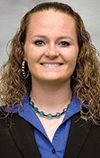For the Bonds family of Bonds Ranch in Saginaw, Texas, there is only one thing that matters: return on investment.
“We look for value. We will run everything from a No. 3 Mexican steer to the best northern black Angus calf that you’ve ever seen,” says Missy Bonds, assistant general manager of Bonds Ranch.
“We don’t look at breed types and we don’t look at different specific genetics or qualities. We look for what in the marketplace has value at that time.
“We don’t look at profit per head. We look at return on investment annually. Looking at that, we know we can make anywhere from 30 to 130 percent return.
"Those kinds of returns are unheard of in other business. The idea of not being able to make money in the cattle business has never been an idea that we have grasped.”
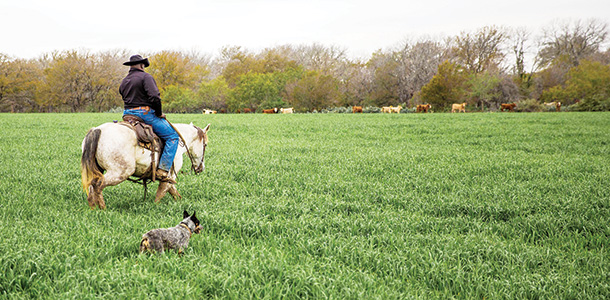
A vast stocker spread
The Bonds family structures their business around this concept, and it has allowed them to grow to where they are today, running and feeding cattle in 26 Texas counties, 13 states and in Canada.
The ranch was started in 1933 by P.R. (Bob) Bonds when he purchased 5,000 acres of the Mary Hicks Ranch in Hicks, Texas, and ran 400 head of Hereford cow-calf pairs.
Today, they raise cow-calf pairs, run stocker cattle and have a feedlot where they finish cattle.
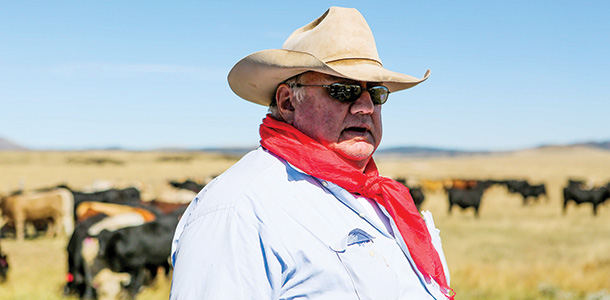
Bonds’s youngest son, Pete Bonds, now runs the family business with his wife, Jo, and their daughters, Missy, Bonnie and April.
He graduated from Texas Christian University’s ranch management program in 1973, and in 1975, he finished his degree in business from TCU.
Missy Bonds helps run the ranch with her dad and manages the age- and source-verified calves and the non-hormone-treated cattle, which are eligible for export to Japan and the European Union.
She studied agriculture economics and finance at Texas Tech University, then earned a master’s degree in animal science and ruminant nutrition. She is also a graduate of Texas Christian University’s ranch management program.
She always wanted to come back and work on the ranch with her dad. “When I was 8 years old, I told him ‘Daddy, I want to be a rancher like you.’
"I have a lot of respect for my dad, and really for both of my parents. I think he’s intelligent and made a lot of good decisions. He thinks outside the box on a lot of things.
"Being able to work beside him with somebody that has as much respect for the industry as he does is amazing.”
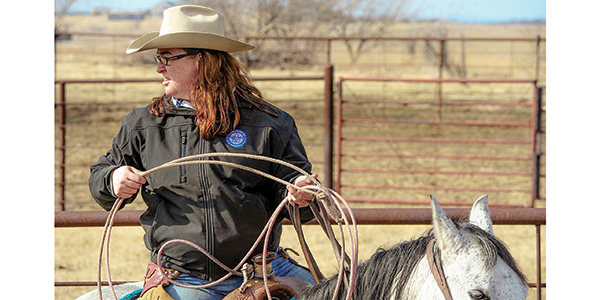
He passed those skills on to his daughter, who now looks for new markets and ways to be innovative as well. “This year, we have purchased some NHTC-program cattle, which allows the meat from those animals to be exported in the EU,” she explains.
“We have purchased some of those this year and grow them on small grains and will be able to sell those to feedyards. We are hoping to try to expand that market in the years to come.”
She helps with the buying and selling of cattle, which right now has been tough. “Right now, it’s challenging finding cattle. Where we are with the low cow numbers, finding the cattle out there at a value where you can make money, that’s been our biggest challenge,” she says.
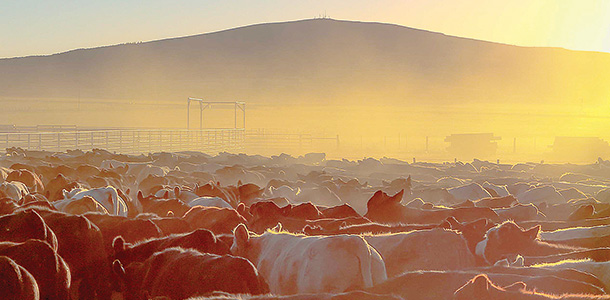
A place to run
“Another challenge is to find a place to be able to run the cattle since we don’t own all the locations.” The cattle they run vary, and the means in which they purchase those cattle also vary.
“We will buy calf crops off of Superior and private contract to buying out of the sale barn. We are looking at doing quite a few sale barn cattle this year, and we try to look at different weight classes of cattle others aren’t buying at the time we buy.
"We are always trying to find different marketing outlets where we can add value to those animals to make them more desirable,” Bonds states.
She adds, “We buy value and not breed type. A lot of people buy No. 1 black steers weighing 400 pounds every year. For us, we may have a few of those, but we also have a variety of other types. We look at different ways to buy the value and to add value to that animal.”
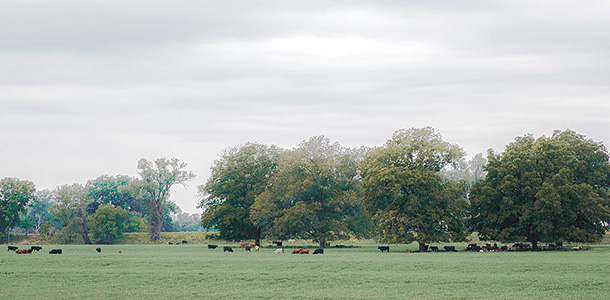
Health and hedges
Bonds believes finding cattle that add value is the key to being profitable, but you also must have a solid health program.
“The biggest thing in managing them is making sure you have a good health program. You cannot be profitable in a stocker operation if you can’t keep them alive. We maintain a good health program and have a good deworming program,” she explains.
Managing risk is also important to them, and they do this through hedging. “You have to manage your risk. You need to be able to look at the price that you pay for the cattle, what it will cost to run them on grass or small grains and look at your futures market and be able to use those futures markets to be able to hedge in your profit. Then sell the stocker cattle to feedlots,” Bonds states.
They hedge using the Chicago Mercantile Exchange. “We hedge our cattle here and utilize the CME to manage our risk by using the futures market. I help with maintaining those hedges,” she says.
They also manage their risk by being diversified. “We run stocker cattle, and we turn stocker cattle out during the winter on small grains; then we will also turn cattle out in summer grass in Colorado, Kansas, New Mexico and in Texas.
"We also buy cattle to be put in the feedlot, and have them custom fed and retain ownership on those,” she explains.
“We move the cattle based off of which location they are at, and we use rotational grazing. We have people in place that look after the stocker cattle on our behalf. We do go check on them and are on the road quite a bit.”
Even though she works long days, there is nothing else she would rather be doing. “I like everything, and it’s never boring. I can be sitting in the office one day and outside the next.
"I grew up around it. This is a job that you have to love to be able to do. It does take long hours, but it’s worth it,” she says. ![]()
Robyn Scherer is a freelance writer based in Colorado.
PHOTOS
PHOTO 1: Driving summer stocker steers in Capulin, New Mexico.
PHOTO 2: Cowboy riding through and checking health on cattle on winter oats in Highbank, Texas.
PHOTO 3: Pete Bonds checking on summer stocker steers in Capulin, New Mexico.
PHOTO 4: Missy Bonds working cattle in Saginaw, Texas.
PHOTO 5: Gathering summer stocker steers at shipping in Capulin, New Mexico.
PHOTO 6: Cattle on winter oats in Highbank, Texas.
